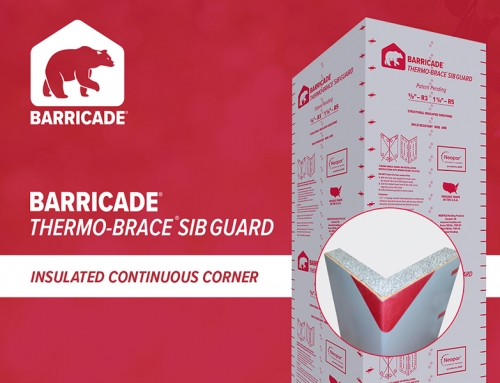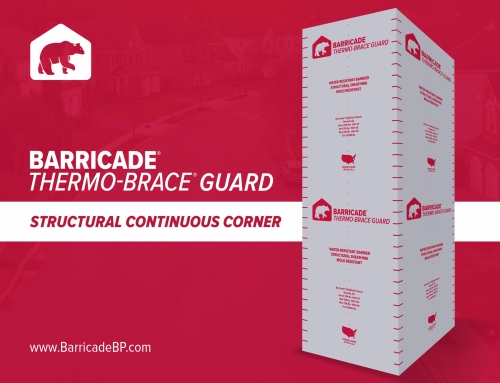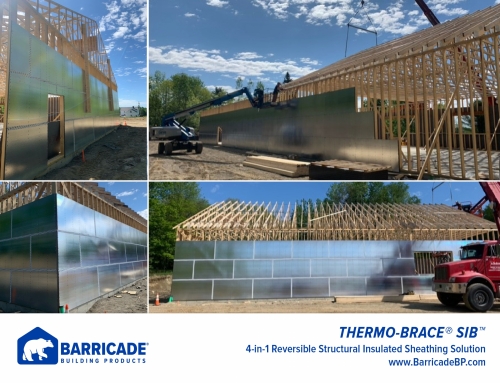In a world increasingly concerned with environmental preservation and sustainability, the concept of the circular economy has gained significant attention. Unlike the traditional linear model of “take, make, dispose,” the circular economy emphasizes reducing waste and maximizing the value of resources by keeping them in use for as long as possible. This revolutionary shift in how we produce, consume, and manage resources plays a critical role in building a more sustainable future and dampening humanity’s impact on the Earth. The circular economy is a groundbreaking approach that seeks to minimize waste and maximize resource efficiency. By challenging the traditional linear “take-make-dispose” model, it aims to create a more sustainable and regenerative system.
Businesses play a pivotal role in advancing the circular economy by adopting sustainable practices and designing products with their entire life cycle in mind. Forward-thinking companies are embracing this model to meet both regulatory demands and growing consumer expectations for eco-friendly products. In the manufacturing sector, the circular economy is gaining significant traction, by offering innovative solutions to environmental challenges and driving economic growth.
Key Principles of the Circular Economy:
- Reduce, Reuse, Recycle: The circular economy prioritizes reducing waste through efficient design, reusing materials and products, and recycling them into new products.
- Product Longevity: Products are designed to last longer, reducing the need for frequent replacements and minimizing waste.
- Renewable Resources: The use of renewable resources is encouraged to reduce reliance on earth’s limited resources and minimize environmental impact.
- Closed-Loop Systems: Materials are kept in circulation within the economy, minimizing the need for extraction of new raw materials.
Why the Circular Economy Matters for Sustainability
The importance of the circular economy for sustainability cannot be overstated. Here is how it contributes to a greener, more sustainable world:
- Reducing Waste: The circular economy reduces the volume of waste sent to landfills and incinerators by educating people on reducing waste generated and reintroducing used materials into the production cycle. This not only saves valuable resources but also reduces the environmental footprint of waste management processes.
- Conserving Natural Resources: With the world’s population continuing to grow, demand for raw materials is rising, placing enormous pressure on Earth’s resources. The circular economy promotes the use of recycled or renewable resources, reducing the need for virgin materials and helping to preserve natural ecosystems.
- Cutting Carbon Emissions: By optimizing the use of resources, cutting waste, and reducing energy-intensive production processes, the circular economy contributes to lower carbon emissions. This can play a vital role in combating climate change and aligning with global sustainability targets.
- Boosting Innovation: The transition to a circular economy encourages businesses to rethink product design, material selection, and supply chain logistics. This drive for innovation can lead to the development of new technologies and sustainable solutions that benefit both the economy and the environment.
- Cost Reductions: By reducing waste and optimizing resource use, manufacturers can significantly lower their operating costs. Instead of relying on costly virgin materials, they can integrate recycled or refurbished materials into their production processes. This not only cuts expenses but also enhances efficiency by minimizing energy and raw material consumption.
INDEVCO North America: A Champion of the Circular Economy
At INDEVCO North America, we’re committed to developing, manufacturing, and supplying products and services that are sustainable and essential in helping our customers and end users reach their ambitions to achieve a Net Zero carbon footprint. As a result, we’re focused on creating circular economies by producing more sustainable building products and packaging products both paper and plastic, while recycling materials from these industries for reuse or regeneration into new products.
Here’s how INDEVCO North America exemplifies the circular economy in action:
- INDEVCO Building Products: The Barricade and Perma R brands offer a comprehensive building envelope portfolio that reduces home energy consumption, contributing to a Net Zero carbon footprint housing sector.
- INDEVCO Packaging Solutions: We work closely with customers to design packaging for end-of-life, source sustainable materials, and incorporate recycled content. For example, we reuse 100% of our industrial plastic waste and reincorporate it into new production of plastic products.
- INDEVCO Recycling Solutions: We collect customer scrap and waste, transforming it back into finished packaging. We’ve also invested in a Construction & Demolition (C&D) recycling center, diverting building materials from landfills.
By embracing the circular economy, INDEVCO North America demonstrates how manufacturers can contribute to a more sustainable future, reduce environmental impact, and build a resilient and competitive business model.
By embracing the circular economy, manufacturers like INDEVCO North America can lead the way towards a more sustainable future. At its heart, the circular economy is about rethinking how we interact with mother nature, recognizing that the Earth’s resources are not infinite, and that a more sustainable approach to production and consumption is crucial to our future.
“What is good for the Community, is good for the Company.”
For more information on INDEVCO North America’s Sustainability efforts, please visit https://indevconorthamerica.com/sustainability/
Contact Information







